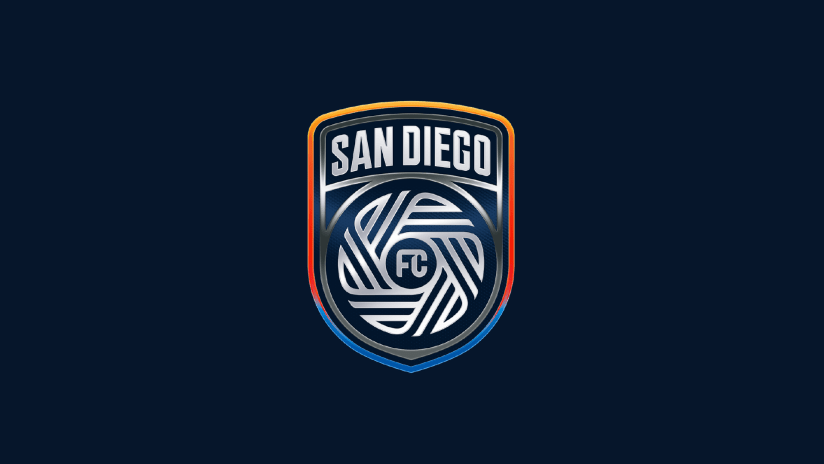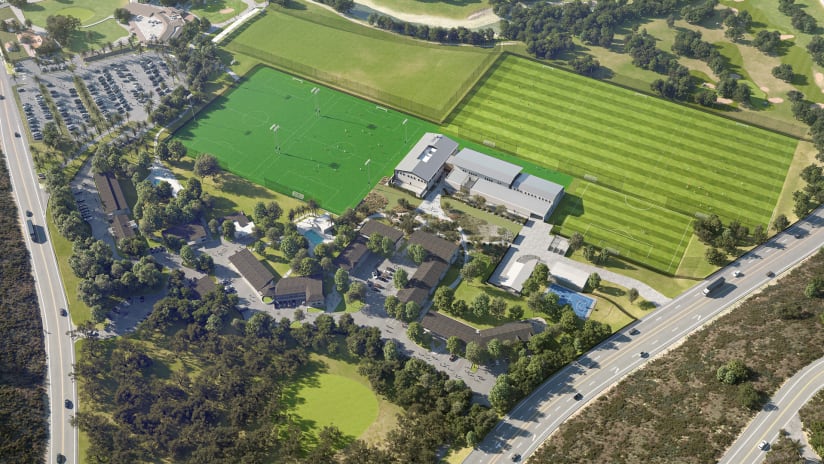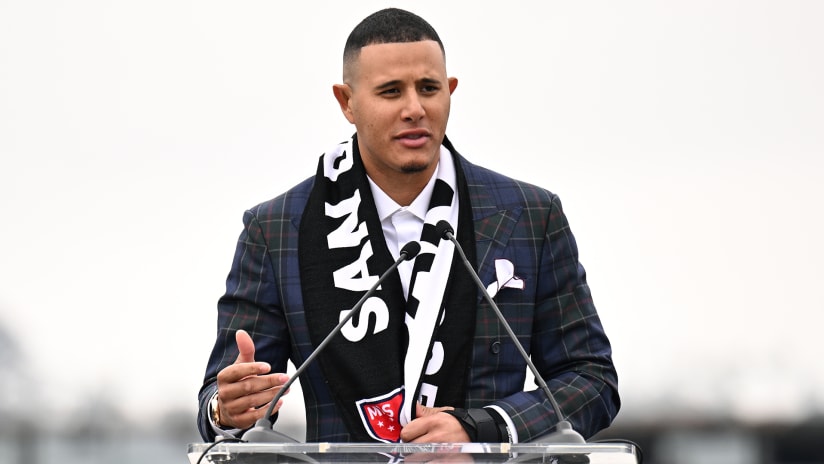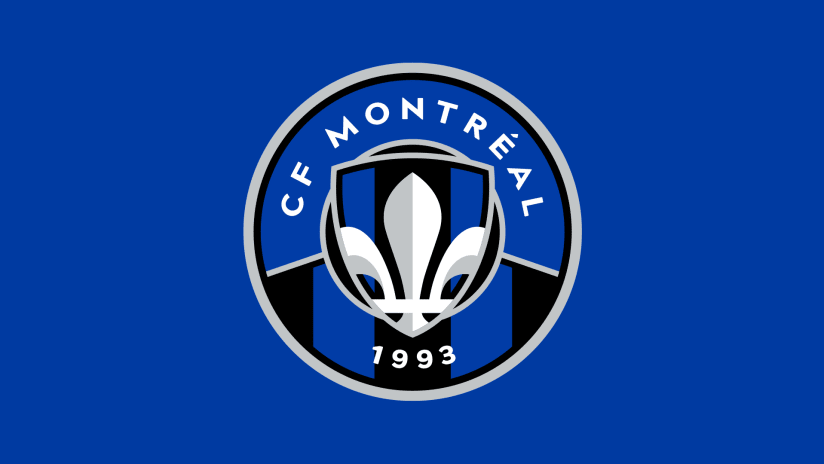SACRAMENTO, Calif. – Kevin Johnson admits he’s no soccer expert.
“I know a couple of the rules,” he says with a laugh.
But the former NBA star-turned-mayor is convinced that professional soccer is the future of his city. And as his hometown embraces the sport in record time like few cities before it have, he’s even more convinced that Sacramento deserves to be a Major League Soccer town.
This past Saturday, on a typically toasty early-autumn night in California’s state capital, Johnson did something he never did as a professional athlete: He basked in the glow of a championship.
Sacramento Republic FC celebrated the 2014 USL PRO title in their first year as a pro franchise, a mere six months after kicking a soccer ball for the first time. That capped a remarkable debut season the club, which smashed every attendance record in the books for a third-division squad.
As the team celebrated on the pitch at Bonney Field, Johnson beamed as the 8,000 in attendance chanted in unison what they believed their club deserved:
“MLS! MLS! MLS!”
Music to Johnson’s ears.
“You know what the community’s goal is?” Johnson says. “They believe this team is built for MLS. So this is the first step for us to send a message around the country that we’re ready for big-time soccer.”
This is a love story: How a small market, regularly overlooked on a national level and often insulted by outsiders, fell hard for a team with big ambitions. Both defied conventional wisdom at every turn. And that’s why the belief is growing that they’re all bound for bigger things.
-
-
Legendary NBA coach Phil Jackson once famously referred to Sacramento as a “cow town.” Sacramentans just laughed and rang cowbells.
They’re used to such derision. Their city actually isn’t the agricultural hotbed it once was as healthcare giants and tech companies have taken over the local economy. And residents of the pricey San Francisco Bay Area have been flocking here, attracted by the more forgiving cost of living in the capital of the wealthiest state in America.
And while some might overlook it for the sexier spots in the U.S., Sacramento is also home to one of the best-attended NBA teams in the league and the best-attended team in minor-league baseball. So ignore the ability of this “cow town” to support a pro team at your own risk.
Still, Warren Smith wondered: If he built it, would they come? He had a track record of success in more traditional pro sports, but like many American businessmen who bought into soccer, he had no upbringing in the game. Just a sense that the tide in this country was turning.
Smith cut his teeth in the telecom and tech industries during the 1980s and ’90s. He got into professional sports in 2000, when he was part of a group of investors who brought baseball back to Sacramento when they bought and relocated the Triple-A Vancouver Canadians.
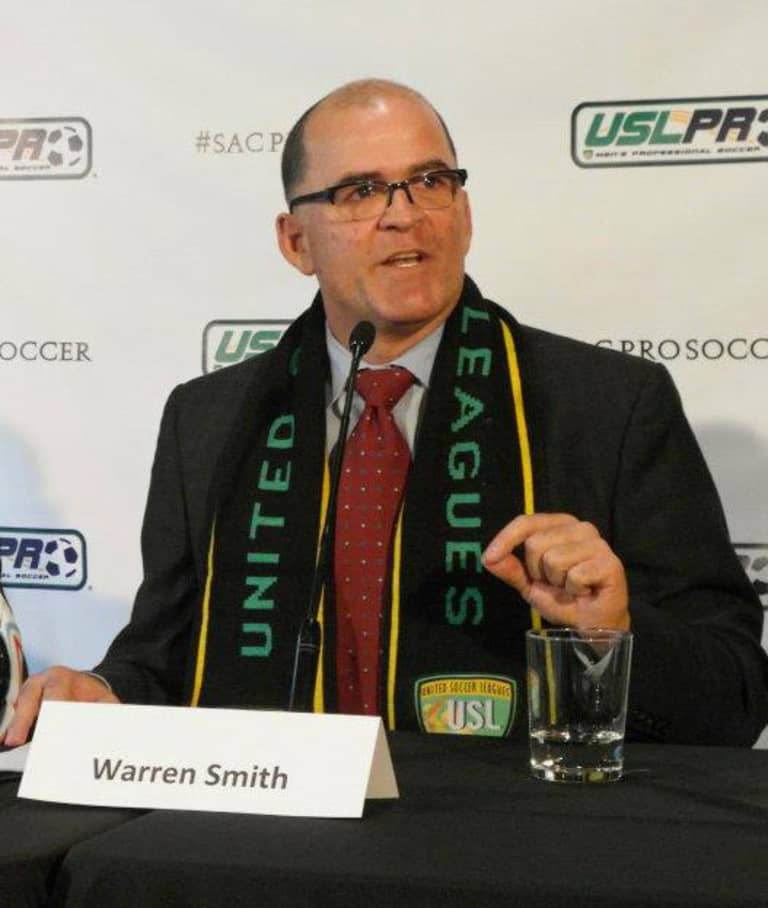
Sacramento Republic president and co-founder Warren Smith first dove into minor league baseball in 2000, but tried his hand at soccer in 2012. "Our job is to prove to the rest of the world [that Sacramento can support MLS],” he boasted shortly thereafter, “and compete with those cities that are also trying to lure a Major League Soccer franchise.” (Dhan Sanyos)
Thanks to the construction of 14,000-capacity Raley Field, the renamed Sacramento River Cats have become the top draw in minor-league baseball. Owing to that success, Smith and his group were convinced to buy into the floundering Portland Beavers Triple-A team and the Portland Timbers, then part of the United Soccer Leagues, as an emergency measure in 2005. And Smith wasn’t sure he had an investment on his hands.
“I didn’t know much about soccer, actually,” he says. “We looked at potentially closing the team.”
Two years later, Merritt Paulson bought the Timbers from Smith and his partners and, as Paulson is famously known to do, made wild predictions, promising he’d make the 24th-largest market in the U.S. home to an MLS franchise.
“We thought he was crazy,” Smith says with a laugh. “It showed us how much we didn’t know.”
Paulson proved the visionary, as the Timbers became an MLS expansion team in 2011. Today, they’re one of the most successful clubs in the league in terms of popularity, with 66 consecutive home sell-outs and counting.
It was a transformation that stunned Smith, and left him wondering if he couldn’t eventually do the same in Sacramento.
“To Merritt’s credit,” says Smith, “he had the vision and the relationships to help make that happen, and the foresight. That’s what helped me get excited and interested.”
Smith left the River Cats in 2008 and dabbled in clean technology. But his itch to do something civically minded returned in late 2012, when his old baseball colleagues – stunned by a sell-out crowd at Raley Field to see a friendly between Morelia and San Luis of Liga MX that fall – suggested they partner on something soccer-related.
This time, he did the research. One of Smith’s partners, a former advertising executive named Joe Wagoner, made a deep study of some of the MLS teams that also made the jump from the USL: Portland, Vancouver, Montreal and Orlando.
They learned tons from each – how Portland mobilized a fevered community, for instance, and how Vancouver built a pop-up stadium while their permanent home was being renovated.
The real lessons, however, came from Orlando, a market in which Smith saw “so many similarities.” Like Sacramento, Orlando had been an afterthought in the eyes of MLS expansion: a small market lacking the major corporate presence, the TV viewership and the national cachet.
But thanks to an overwhelming large fan movement that broke attendance records of its own, complemented by an ambitious and loud ownership group, Orlando City SC forced themselves into the conversation. Within three years of first setting up shop in Central Florida, the club had won expansion into the league.
Smith saw the same potential in Sacramento, its metropolitan population of 2.5 million just behind Orlando in terms of market size. And like Orlando, the only major-league game in town was an NBA franchise, and a growing young middle class was inheriting the area. There were too many reasons to embrace the fastest-growing sport in America.
In short order, Smith and a small group of partners applied for a USL PRO expansion team. That December, it was accepted, and Sacramento Republic FC was born.
Sort of. The club wasn’t officially named until a fan vote the following July. But even in those heady days when the team had no identity, Smith borrowed a page from Paulson’s playbook. At the official announcement, with Mayor Johnson by his side, he made tall promises.
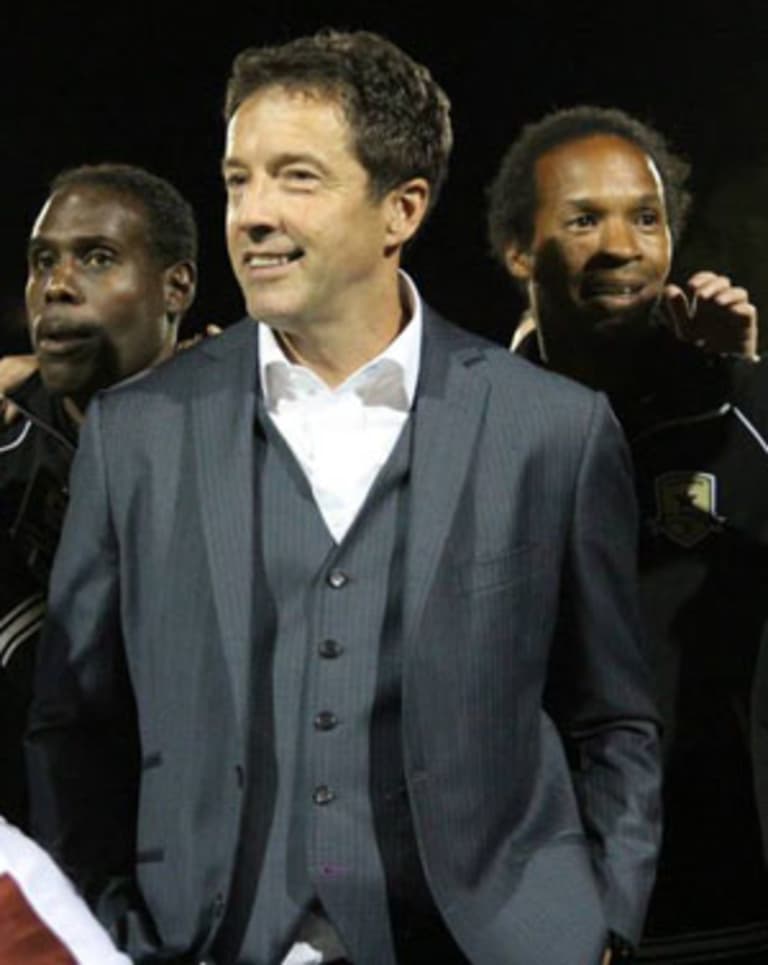
Former MLS star player and head coach Preki joined the Sacramento Republic coaching staff after being let go from Toronto FC, and then two years out of the spotlight. Says Preki: "It took me about four months to take this job because of my previous experience.” (Sacramento Republic FC)
"Our job is to prove to the rest of the world [that Sacramento can support MLS],” he boasted, “and compete with those cities that are also trying to lure a Major League Soccer franchise.”
Johnson’s presence was significant. The former NBA star twice was instrumental in thwarting proposed relocations of the Kings. In 2011, he helped convince the NBA Board of Governors to vote down the efforts of the franchise’s then-owners, brothers Joe and Gavin Maloof, to move the team to Anaheim, Calif.
Two years later, he helped fight off another bid from a Seattle-based consortium and helped lobby local ownership to purchase the team. Johnson also formed a task force called Think Big Sacramento to cull together local resources, developers and corporate money to put together a proposal for a new downtown arena for the Kings.
Some of those negotiations with the NBA took place in Orlando, and Johnson got a first-hand look at Orlando City’s efforts. In his mind, Sacramento had an enormous opportunity by pushing for MLS status – enough so that he would later re-form Think Big Sacramento specifically to lobby the community on behalf of Republic FC.
In the meantime, Smith and his fellow investors were doing just fine on their own. In July of 2013, they completed something of a coup by digging up an accomplished face as their head coach: Preki.
Before being controversially fired by Toronto FC in 2010, the two-time MLS MVP had coached Chivas USA during their only glory years, including a Supporters’ Shield runner-up season in 2007. But perhaps thanks to a reputation for being confrontational and draconian, Preki had remained out of the coaching world since his dismissal.
Theorizing that Preki had gotten a raw deal in Toronto, Smith had the feeling he had a sleeping giant on his hands – and instant credibility.
“At the time, he was out of the sport for the right reason,” he recalls. “When we met him, we hit it off. We were trying to engage the soccer community, trying to get those who follow [the sport] to recognize it — and it worked. [Hiring him] just helped us show that we were serious.”
For Preki, who had been living in Chicago and out of the MLS spotlight, Smith’s vision – and the opportunity to put his reputation right – made sense. Eventually.
“It took me about four months to take this job because of my previous experience,” he explains. “I wanted to make sure I was going to the right place with the right people and make sure I made a really good decision for myself this time around.”
-
-
Right away, the expansion club proved to its new gaffer that it would give him the resources required to build a winner. They let him hire a staff of five assistant coaches, in line with an MLS team (most USL PRO teams are lucky to have two). They gave him top-quality training facilities at a local college, and a full support staff.
They helped underwrite a $13 million renovation of Hughes Stadium on the campus of Sacramento City College to make a temporary home for the team. But that meant an artificial turf field, and cramped dimensions for soccer, so the club only committed to it while it set to work on a $3 million permanent home at the Cal Expo Fairgrounds, just five miles northeast of downtown Sacramento.
They also hired a front-office staff of some two dozen and made a big-time push for season-ticket deposits and local marketing initiatives.
Like clockwork, the interest level came. That August, the club banked 1,000 season-ticket deposits on the first day of its first sales campaign. By the end of the year, that number doubled. And interest in single-game tickets was off the charts.
That’s when Smith first contacted MLS to gauge the league’s interest in Sacramento.
“They were very nice, very cordial,” Smith recalls. “But they probably treated me like they did Orlando when they first contacted them. They weren’t taken seriously until 6,000 fans were showing up to their first set of matches [in 2011]. That’s when the conversation changed [for them], and that’s when it changed for us.”
The Republic had committed to play the beginning of their debut season at Hughes Stadium while their permanent home, 8,000-seat Bonney Field, was being built. As the tickets kept flying out of the club’s offices, it soon became clear they had a problem with supply not meeting demand.
Their home opener this past April blew away their expectations: A sell-out crowd of 20,000 packed Hughes Field to see the Republic fall, 2-1, to the Harrisburg City Islanders. That nearly doubled the single-game USL PRO attendance figure, set the prior summer by Orlando City.
Then they did it again, with more than 17,000 in their second home game. Then two more crowds of 20,000 in their next two games.
For Sacramento captain and longtime MLSer Justin Braun, it brought back that old feeling of the big time.
“It was this huge stadium and, when we walked out, 20,000 people were screaming for us,” the former Chivas USA, Toronto and Real Salt Lake striker recalls. “I’ve played in almost all of the MLS stadiums, and I always tell people, the environment here is as good as the top clubs in MLS.
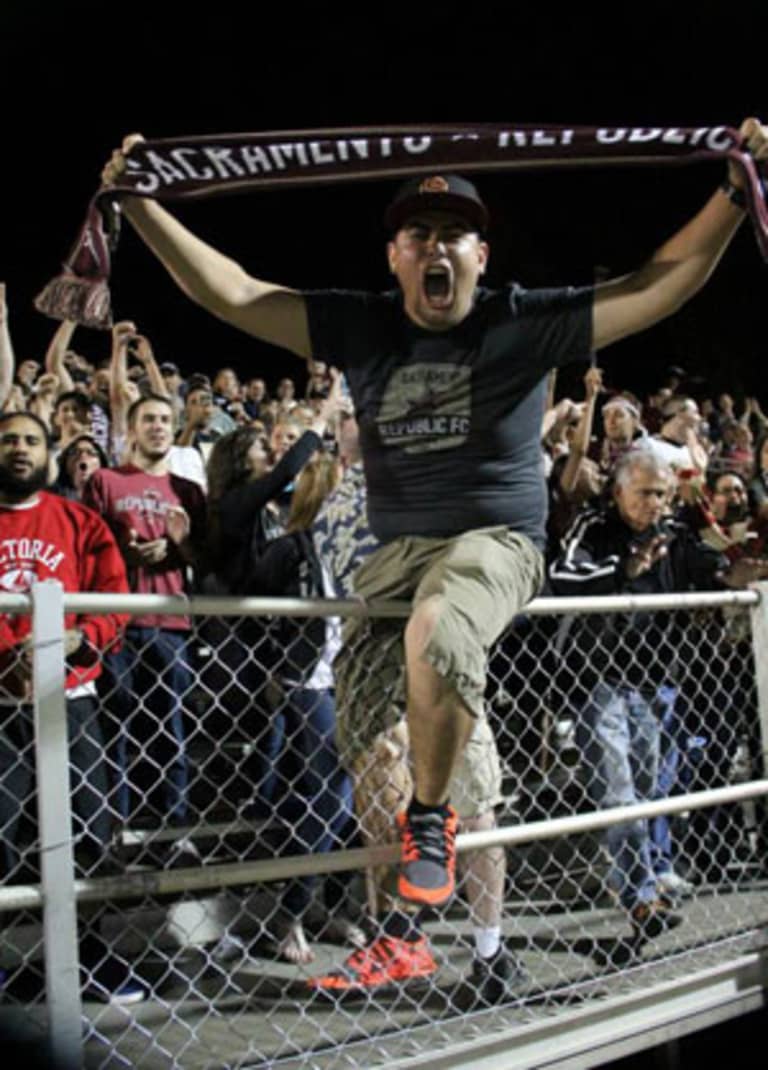
Sacramento Republic finished second during the USL-PRO regular season, but topped all teams in attendance. They finished the regular season with 14 consecutive sell-outs at Bonney Field. (Sacramento Republic FC)
“I think if we had a [permanent] stadium that held 20,000, they would’ve been coming out every week and it would’ve been better than most of the clubs in MLS.”
Where were all these fans coming from? Professional soccer had always been a niche sport in Sacramento, where various teams had come and gone, but none had ever stuck. But crowds of 20,000? Those numbers would put Sacramento in the running as one of the top 5-drawing teams in MLS. Even Smith was surprised. But he does have a theory behind the boom.
“The growth of the number of young, urban professionals here is phenomenal,” he says. “And that demographic is choosing lifestyle and experience over locations. They’re not chasing a job.”
That may be partially true. According to a study by demographer Wendell Cox, the growth of the 20-to-29-year-old population in Sacramento has grown by 4.3 percent over the past four years, just ahead of the national average.
But other soccer-friendly demographics are also telling the story. The youth and adult participation rates in the area are around 130,000, according to the club. The emergence of Republic FC – run by professionals with local ties – capitalized on perfect timing, according to Juan Aguayo, spokesman for the 1,100-member Tower Bridge Battalion supporters group.
“You’re seeing a generation that grew up with soccer embrace the game,” he explains. “I remember being a teen in the ’90s when MLS launched. Parents want to have that experience with their kids in sports. When you combine that with a well-run club, and you consider what huge sports fanatics we are up here, it’s pretty powerful.”
The Sacramento market also boasted the sixth-highest TV viewership in the nation for the 2014 World Cup final between Germany and Argentina, its highest figure among a handful of impressive ratings during the tournament.
“We’re the 20th-largest TV market in the country,” Smith points out, “and the only one in the Top 25 that doesn’t have more than one major league sport. That shows you we’ve got room to grow. We’re the most underserved market in the country.”
On the field, the team was feeding off the incredible support. After a 2-3-1 start, the Republic won nine of their next 14 games to surge into second place in the USL PRO table. Under Preki, they had found the right formula of neat, tidy defensive soccer and a direct but effective offense, led by MLS cast-offs such as Rodrigo Lopez – an eventual finalist for the league MVP award – and MLS loan products like Timbers goalkeeper Jake Gleeson and San Jose Earthquakes forward Adam Jahn. (Sacramento are the only USL PRO team to partner with two MLS clubs.)
In their final game in July, a 5-0 win over the Pittsburgh Riverhounds, Sacramento Republic FC smashed the single-season home attendance record in USL PRO, shattering the 112,748 set last year by Orlando City. They eventually finished the regular season with 158,107 in total home attendance: the four enormous turn-outs at Hughes, followed by 14 consecutive sell-outs at Bonney Field.
MLS had no choice but to take notice. Whereas Smith’s previous conversations with league executives were more exploratory – Smith himself agrees that he’d have been skeptical of Sacramento if he were in the league’s shoes – the tenor changed drastically as the fans kept turning out.
In August, Republic FC got an even bigger fighter in their corner: the Sacramento Kings. The NBA team’s majority owner, Vivek Ranadive, was a soccer fan and saw even bigger potential to join the efforts for MLS alongside his team’s push for a downtown arena.
The idea of an aligned strategy across sporting leagues was a powerful one, much like the Seattle Sounders had with the NFL’s Seahawks, what the New York Yankees are bringing to the New York City FC project, and how Arthur Blank leveraged the strength of his ownership of the Atlanta Falcons to secure an expansion MLS team.
There was no written agreement between the parties, but the Kings became a not-so-silent partner for the upstart soccer club that could. At the MLS All-Star Game in Portland this past August, MLS president and deputy commissioner Mark Abbott agreed to meet with a Republic FC delegation made up of Smith, Johnson and Kings president Chris Granger. It marked the first time that all three parties appeared in public on behalf of the soccer club.
-
-
That meeting went well enough to convince an MLS site visit to Sacramento in late September, ahead of the Republic’s USL PRO playoff semifinal against LA Galaxy II. And the club made its pitch. It had two out of the league’s so-called “three pillars” for expansion criteria – a viable marketplace and a strong ownership group – and it blew the lid off the third: a long-term stadium solution.
On the eve of the league visit, the club unveiled ambitious plans for a privately financed $150 million stadium as the centerpiece of a $300 development project in the mostly abandoned Sacramento Railyards, just north of downtown. With the help of Johnson and his task force, the club had secured an agreement to acquire the 240-acre urban infill along the Sacramento River.
In addition, Republic FC would take on two additional high-profile investors to strengthen their ownership group: developer Larry Kelley, who purchased the railyards for the project, and Kevin Nagle, a local pharmaceutical magnate who is also a minority owner of the Kings.
But for all of Sacramento’s attributes, Smith understands he’s fighting against a handful of other markets in as MLS reaches for its stated goal of 24 teams by 2020.
“MLS should be in Miami,” Smith allows. “I firmly believe and understand that. And I understand the draws in [other candidates] Minneapolis and San Antonio. But I feel we’ve done our work and deserve to be in that conversation.”
And so they are. Their championship last weekend didn’t hurt, either – it marked yet another sell-out at Bonney, front-page exposure in The Sacramento Bee, leadoff stories on all the local TV affiliates and unprecedented national coverage for a USL PRO club.
MLS or not, the club is plowing ahead to be the best it can be at any level. They have plans to expand Bonney Field to 10,000 seats for 2015, and are looking at annual renovations toward maxing the facility out at 14,000 independent of the Railyards project (which is contingent on Sacramento joining MLS).
The club’s season-ticket holder list is up to 6,000 and climbing. And they’ve even started a wait list for deposits for MLS season tickets should the call eventually come.
It could. Or it could not. Sacramento is used to fighting against the bigger, flashier cities of America. It embraces that role as the underdog. And if you ask Preki, who has embraced the New Sacramento’s can-do spirit, well, he has no fear of proving everyone wrong yet again.
“This city deserves [MLS],” he said Saturday night, as his team danced, hugged and sprayed champagne behind him. “I think we’re ready to go next year. And I think we’d compete.”


